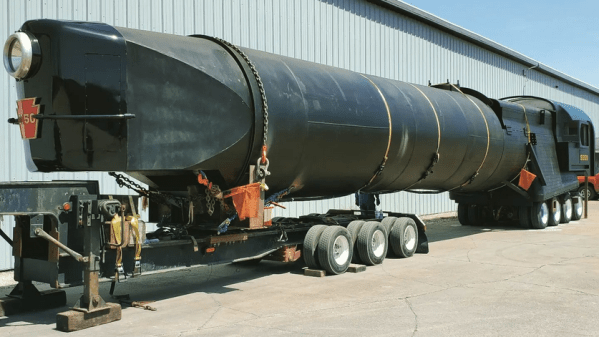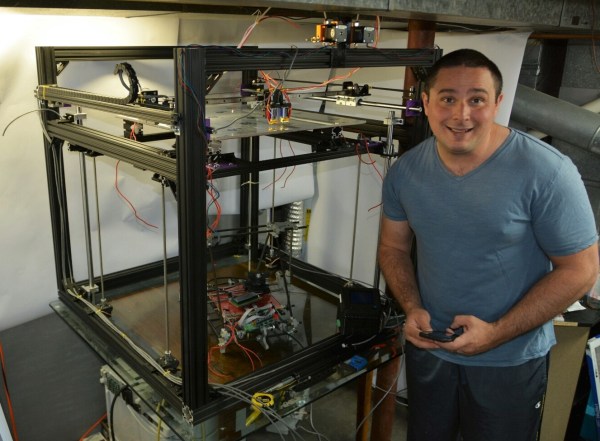There’s no denying that while railroads have switched to diesel and electric as their primary power sources, there’s a certain allure to the age of steam. With that in mind, a group of Pennsylvania train fans are bringing the alleged fastest steam train back from extinction.
It takes real dedication to build a 428-ton device from scratch, but these rail aficionados seem to have it in spades. Armed only with the original blueprints and a lot of passion, this team has already finished construction of the boiler and nose of the Class T1 replica which is no small feat. This puts the train at approximately 40% complete.
Some changes are planned for the locomotive including a change to fuel oil from coal and replacing the poppet valves prone to failure with camshaft-driven rotary valves. While not original hardware, these changes should make the train more reliable, and bring the world record for the fastest steam locomotive within reach. If the T1 replica can reach the 140 MPH storied of the originals, it will smash the current record of 126 MPH held by a British train, the A4 Mallard, which would be exciting indeed.
Speaking of Pennsylvania and steam, a trip to Scranton is a must for anyone interested in the age of rail.













